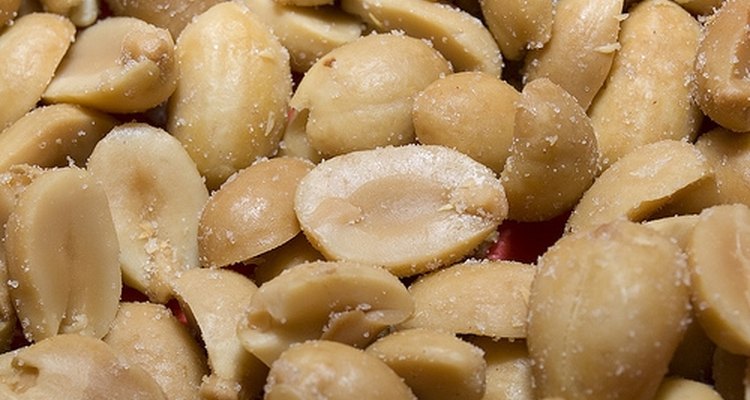
Since peanut butter first hit the American market in the early 1900s, it has earned its reputation as an all-time favorite sandwich spread, touted for its economical and nutritional value. The United States is the world's largest peanut butter supplier and consumer, according to peanut-butter.org, growing several types of peanuts, each distinct in size, taste and use.
Types of Peanuts
Peanuts belong to the legume family. Legumes are edible seeds enclosed in pods. This group provides the best source of concentrated protein in the plant kingdom. Types of peanuts include Virginias, Runners (including Florunners), Spanish and Valenica. Although any of these types of peanuts could be ground into a nut butter, florunners are most commonly found in the peanut butter jars on your grocers' shelves. The florunner variety was introduced in the 1970s and was responsible for an enormous increase in peanut yields, according to the American Peanut Council. The florunner is a variety of the Runner, having a medium-sized kernel and producing a consistently large yield. These characteristics caused it to become the dominant peanut type grown in the United States (80 percent), with 54 percent being used for peanut butter.
Spanish are small peanuts with reddish-brown skin that have a higher oil content and are processed for peanut oil and sometimes peanut butter. Valencia contain 3-4 small kernels in a long shell and are popularly sold roasted in the shell. Virginia peanuts have large kernels and are typically processed as cocktail nuts. All types of peanuts can be bought raw or roasted in bulk, so you can experiment with the different flavors and textures of the different varieties.
Homemade vs. Store Bought
Homemade peanut butter offers a more natural and often tastier option than store-bought peanut butter. While peanut butter manufactured in the United States has to contain a minimum of 90% peanuts, most manufacturers add unnecessary amounts of salt, sweeteners, oils and preservatives. Natural peanut butter without any additions will have naturally separated oils, so it will need to be stirred before using and refrigerated.
Making Homemade Peanut Butter
Buy already roasted peanuts or roast them yourself in the oven. Shelled peanuts will require a shorter roasting time than those left in the shell. You may also opt to steam your peanuts for a milder taste. Process the shelled peanuts in a powerful blender or food processor. At first it will look loose and crumbly, but then it should begin to stick and turn into a thick paste as the peanuts' natural oil is released. Add peanut oil if the nut butter is too thick. Experiment with different sweeteners such as honey or molasses or add different types of nuts for a varied flavor. Create a unique peanut butter that caters to your taste and enjoy knowing exactly what went into it. Your peanut butter can be used in other culinary creations such as peanut butter cookies, Asian-style peanut sauces or peanut butter candy.
Related Articles
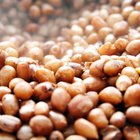
Why Do Cashews Cost More Than Peanuts?

Substitute for Peanut Satay Sauce
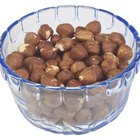
What Kinds of Nuts Don't Grow on Trees?

How to Prepare & Fry Raw Peanuts
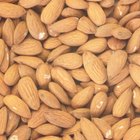
Types Of Almonds
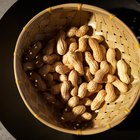
How to Home-Can Peanut Butter
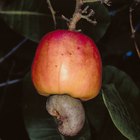
What Is the Difference Between Raw & ...
How to Roast Raw Cashews

How to Eat Hickory Nuts
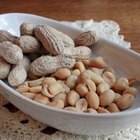
What Is the Shelf Life for Raw Peanuts?

How to Remove a Cardamom Seed From a Pod

How to Blanch Cashews

Do You Soak Raw Peanuts in Water Before ...
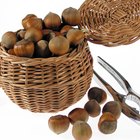
How to Eat Hazelnuts

Differences Between Roasted & Raw Nut ...

Can Peanut Shells Be Used for Compost?

How to Store Raw Peanuts
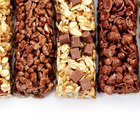
What Is the Difference Between Rolled ...
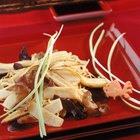
How to Eat Canned Bamboo Shoots

How to Roast Maple and Brown Sugar ...
Writer Bio
Lynn Holmgren is a freelance writer based in York, Penn. She has published articles about writing, international exchange, travel and outdoor recreation in ShowcasePA! magazine and Bootsnall.com. Homgren also enjoys writing and reviewing short stories on her blog Long Story Short.